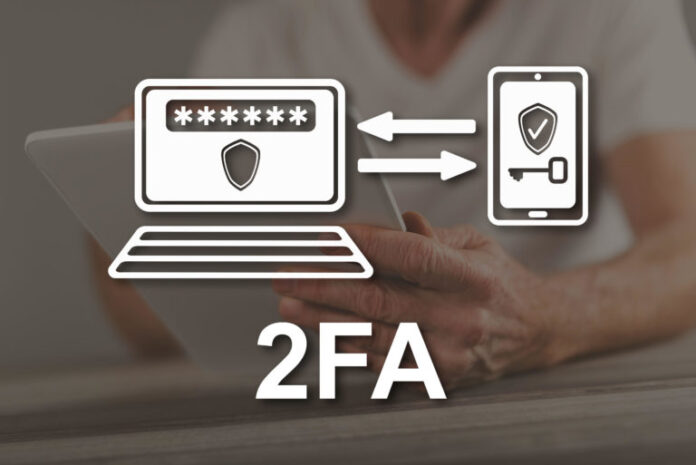
The cloud is inherently more safe than on-premise storage solutions that are tied to a particular device. Having said that, there are ways to further enhance cloud security through better storage practices.
Try These Cloud Security Tips
By default, cloud storage offers far greater protection than storing on a physical hard drive or on-premise solution. This is true for several reasons.
First off, your files are stored on numerous servers located in different anonymous warehouses throughout the world. Not only does this reduce the likelihood of losing data as a result of a server crash, but it also prevents employees or other individuals from having access to your files.
Secondly, cloud files are encrypted. In other words, they’re scrambled so that cybercriminals can’t actually access the information with the files (even if they’re lucky enough to get their hands on the files).
As tech insider Michael Cobb explains, “Cloud encryption is a proactive defense against data breaches and cyberattacks and allows enterprises and their users to utilize the benefits of cloud collaboration services without putting data at unnecessary risk.”
To find out how cloud encryption can assist your business with secure file transfers, visit https://www.goanywhere.com/solutions/cloud-file-transfer.
But even with the built-in advantages that the cloud offers, there are still ways for your sensitive information to end up in the hands of the wrong people (if you aren’t careful). Here are several tips to help you further enhance the security of your files and data in the cloud:
1. Choose the Right Cloud Storage Provider

It all starts with selecting the right cloud storage provider. And while there are literally dozens of options to choose from, you can quickly whittle your list down to the serious contenders by considering how they address security within their platform. Some do the bare minimum, while others do whatever it takes to establish an impenetrable cybersecurity foundation.
“We employ enterprise-level security aligned with compliance requirements for the Health Insurance Portability and Accountability Act (HIPAA), General Data Protection Regulation (GDPR), and Good Practice (GxP) guidelines, among those from other regulatory agencies,” according to Box. “You can also set up flexible controls and granular permissions to protect your data as people within your organization share and collaborate.”
If a cloud provider can’t give you a confident and detailed explanation like this, it probably means they’re cutting corners on the cybersecurity front. Carefully analyze the details and don’t be afraid to ask questions for clarification.
It’s also important to think about simplicity and UX. Integrating a cloud storage platform into your business is a great move, but think about how it’ll impact the day-to-day functions of your employees. If the system is complicated and doesn’t work well with your existing technology stack, it could actually cause more problems than it solves. “Fit” is everything with these solutions.
Thankfully, platforms like these are extremely intuitive and make it easy to enjoy native benefits like cloud encryption without introducing a ton of complex steps or new processes into your business. Just be sure to do your due diligence on the front end!
2. Improve Password Complexity

All security goes out the window if someone is able to directly access your cloud account. They can upload files, steal files, change files, or do anything else that you (as an account holder) can do. That means there’s a lot riding on your password.
One way to protect your password is by making it more complex. Here are several ways you can do this:
- Make passwords at least 10-15 characters long.
- Don’t use common words or phrases. Instead, use random character strings that are harder to crack.
- Use a combination of letters, numbers, symbols, and uppercase and lowercase.
- Stay away from using obvious and easily identifiable personal information like your company’s name, a pet’s name, or your favorite sport’s team.
- Never reuse passwords across different accounts.
- Change your password at least once every 90 days, and avoid repeating past passwords.
By strengthening your password, you eliminate the easiest entry point for a would-be hacker. This forces them to try alternative methods, which are considerably more difficult.
It’s not enough to encourage your employees to change up their passwords and to choose complex combinations of characters. In most cases, you’ll need to implement certain systems that require it. Set strict parameters and force employees to refresh their passwords according to a specific schedule.
3. Use Two-Factor Authentication

Even the most complex password could be compromised out of laziness or oversight. In these cases, it’s helpful to have two-factor authentication (also known as 2FA). This technology basically adds a second layer to the login process. In addition to knowing the password, anyone accessing the account must also retrieve a one-time pin code from a specific smartphone (usually your device). This makes it nearly impossible for someone to access your account from a remote location.
4. Use a VPN

When accessing your account, it’s best to use a virtual private network (VPN). This strengthens your internet connection by scrambling your IP address and making it impossible for someone to accurately locate where you are. Again, this is just an additional layer of security that makes things even more difficult for hackers.
VPNs are especially valuable when you have employees working from various remote places, including homes, coffee shops, airports, and other locations with public Wi-Fi. A VPN secures these connections and lessens the risk of being maliciously attacked by hackers.
5. Invest in Training

Your security is only ever as strong as the weakest link. It doesn’t matter how robust your security is in certain areas. If you have vulnerable areas, they will be exposed. And 9 times out of 10, the weak spots are people. They don’t mean to be, they just are!
The best way to enhance your cloud security is by educating your employees. This includes company-wide training, ongoing continuing education, and plans for what to do if specific issues are identified.
Putting it All Together
If you’re looking for the best possible security for your sensitive data, files, and information, the cloud is the way to go. And if you use the tips highlighted in this article, you’ll find it easier to get the most out of your cloud storage strategy. Good luck!











